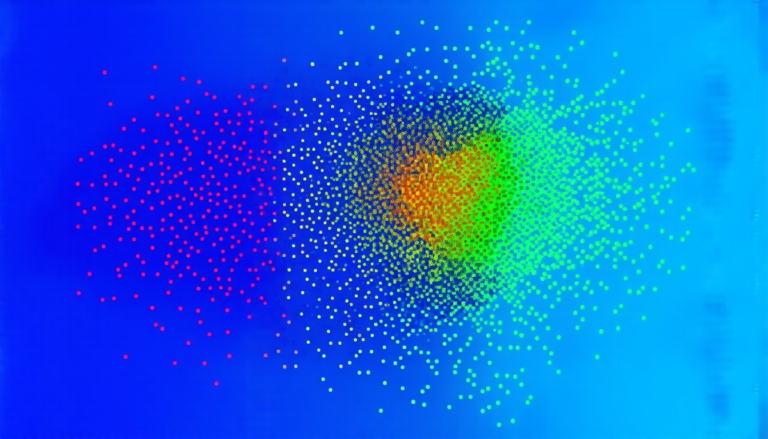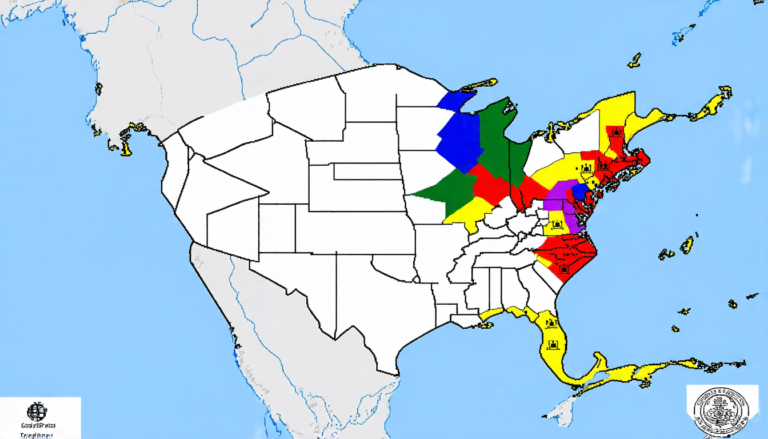Wednesday 02 July 2025
A team of researchers has developed a new method for tracking down and measuring methane emissions from oil and gas sites, which could be a major step forward in reducing the impact of these industries on climate change.
Methane is a potent greenhouse gas that is released into the atmosphere through various human activities, including the extraction and transportation of fossil fuels. The oil and gas industry is one of the largest sources of methane emissions, accounting for around 22% of global anthropogenic emissions.
To reduce the impact of these emissions, it’s essential to be able to accurately measure and track them. This is a complex task, as methane can be difficult to detect and quantify, especially when released over large areas or from multiple sources.
The new method developed by the researchers uses a combination of point sensors and machine learning algorithms to identify and characterize methane emissions at oil and gas sites. Point sensors are small devices that can be placed in the field to measure methane concentrations in real-time, while machine learning algorithms are used to analyze the data collected by these sensors and identify patterns or anomalies that may indicate the presence of methane.
The researchers tested their method on an experimental oil and gas site designed to release methane in known quantities. The results showed that the new approach was able to accurately detect and quantify methane emissions, even in complex environments with multiple sources of release.
One of the key advantages of this method is its ability to account for autocorrelation in the sensor data – in other words, it can take into account the fact that methane concentrations may vary over time due to natural fluctuations or changes in weather patterns. This is important because it allows the researchers to better distinguish between genuine emissions and noise in the data.
The new method also uses a spike-and-slab prior, which is a statistical technique used to enforce sparsity in the emission rate estimates. In other words, it helps to identify situations where methane emissions are intermittent or occur only at specific times or locations, rather than being constant over time.
These advances could have significant implications for the oil and gas industry, as they provide a more accurate and efficient way of tracking down and measuring methane emissions. This could help companies to better manage their emissions and reduce their environmental impact.
The researchers are now planning to test their method on real-world oil and gas sites, where it will be used to inform emission reduction strategies and monitor progress towards reducing methane emissions.
Cite this article: “Tracking Methane Emissions: A New Method for Reducing Climate Impact”, The Science Archive, 2025.
Methane, Oil, Gas, Climate Change, Greenhouse Gas, Sensors, Machine Learning, Autocorrelation, Spike-And-Slab Prior, Emission Reduction.







